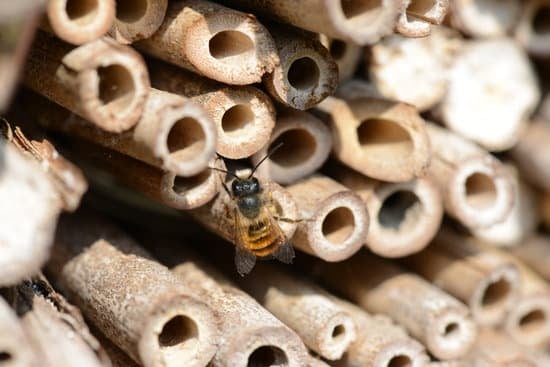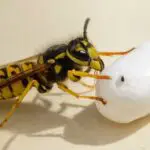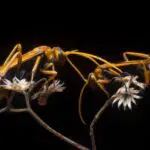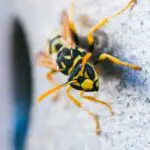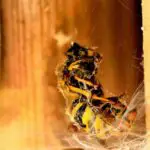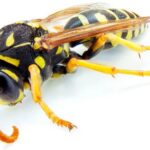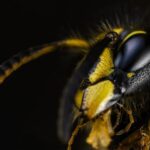Why Do Wasps Die in Figs?
Figs are an enticing fruit, usually sold in jams and as a dessert base. However, they aren’t free of bugs. Some people refuse to eat them.
A fig is a type of fruit that varies in size and shape. It is usually grown in temperate regions, such as Asia and Mediterranean countries. It has tiny flowers, and the fruit is usually sweet. However, figs require wasps to be pollinated. If the flowers are not pollinated, the figs will not ripen.
Female wasps collect pollen from the fig, and then lay eggs inside the fig. They are also able to collect pollen from dead fig partners, and then take it to another fig. This process is called mutualism.
The male wasp is smaller than the female, and the male does not have wings. After completing its mating duties, the male dies inside the fig. The female wasp crawls into the fig through a hole, and then loses her wings. She then leaves through a tunnel, and the male wasp creates a passageway for her to leave. The female wasp then lays her eggs in the fig’s ovaries. These eggs hatch several days later.
The female wasp will then leave through a tunnel, and fly away to find another fig. When she arrives, she crawls into the fig through a small opening, and then emerges covered with pollen.
After the female wasp leaves, the fig will produce an enzyme called ficain, which breaks down the exoskeleton of the wasp. The fig then digests the wasp, and the fruit will then ripen.
